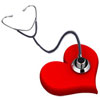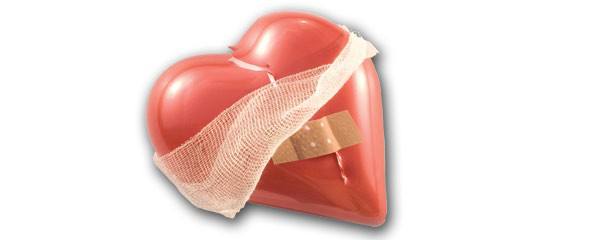More children surviving in-hospital cardiac arrest
Hospitalised children who suffer cardiac arrest are nearly three times more likely to survive than they were about a decade ago, and no more likely to suffer brain impairment, according to new research in the American Heart Association journal Circulation: Cardiovascular Quality & Outcomes.
Researchers analysed the cases of 1,031 children who suffered cardiac arrest at 12 urban U.S. teaching hospitals from 2000-2009. The hospitals participate in the American Heart Association’s Get With the Guidelines®-Resuscitation program, a quality-improvement effort that promotes consistent application of the latest scientific guidance for resuscitation.
In 2009, 43.4 percent of children studied survived until they were released from the hospital compared to 14.3 percent in 2000. Among surviving children, the risk of brain impairment has remained unchanged during this period.
“Survival in children who experience a cardiac arrest in the hospital has increased nearly threefold during the past decade, and most of those who survive are without severe neurological disability,” said Saket Girotra, M.D., lead author of the study and an interventional cardiologist at the University of Iowa Hospitals & Clinics in Iowa City.
Most children who suffer in-hospital cardiac arrests are already critically ill, Girotra said. These children typically have respiratory illnesses such as pneumonia, severe infections or have had heart surgery or are receiving care for conditions such as heart failure.
At the time of their cardiac arrest, almost 85 percent of the children in the study had “non-shockable” initial heart rhythms like asystole or pulseless electrical activity. Survival rates are lower in this group than for children with “shockable” rhythms such as pulseless ventricular tachycardia or ventricular fibrillation , which are more often linked to underlying heart disease.
Over the course of the study, the proportion of children with cardiac arrest from pulseless electrical activity increased substantially, perhaps due to an increase in acute illnesses that were not heart-related, Girotra said.
“What was striking was that, despite this trend, survival still improved,” Girotra said.
Survival rates also improved across age groups, gender and initial cardiac rhythm.
The researchers also explored whether better survival was due to better care during the resuscitation phase, when the heart is restarted, or better care during the post-resuscitation phase, when doctors treat underlying illness while supporting organ function. While improvements were noted in both phases, the largest gains stemmed primarily from better care during the resuscitation phase, with survival rates during that window rising from 42.9 percent in 2000 to 81.2 percent in 2009.
Although the study could not determine specifically what fuelled the survival gains, Girotra said the improvement was probably due to a combination of factors, a number of which have been emphasised by the American Heart Association and other professional groups.
Those includes early recognition of cardiac arrest with the use of monitoring systems, high-quality chest compressions, timely defibrillation in patients with shockable heart rhythms, appropriate use of medicines during cardiac arrest and optimal care for resuscitated patients. The findings, he said, underscore the importance of continuing efforts to improve the quality of resuscitation.
Because of their participation in the Get With the Guidelines-Resuscitation program, hospitals in the study may differ from non-GWTG participating hospitals in important ways, Girotra said, such as additional resources and commitment to quality improvement, which may have accounted for the dramatic survival gains.
“Our results may not reflect performance at non-participating hospitals,” he said.
(Source: American Heart Association: Circulation: Cardiovascular Quality & Outcomes)
More information
 | For more information on keeping your heart healthy, including information on how the heart works, the effect of cholesterol and eating for heart health, as well as some useful videos and tools, see Heart Health. |
Dates
Tags
Created by:

 Login
Login














